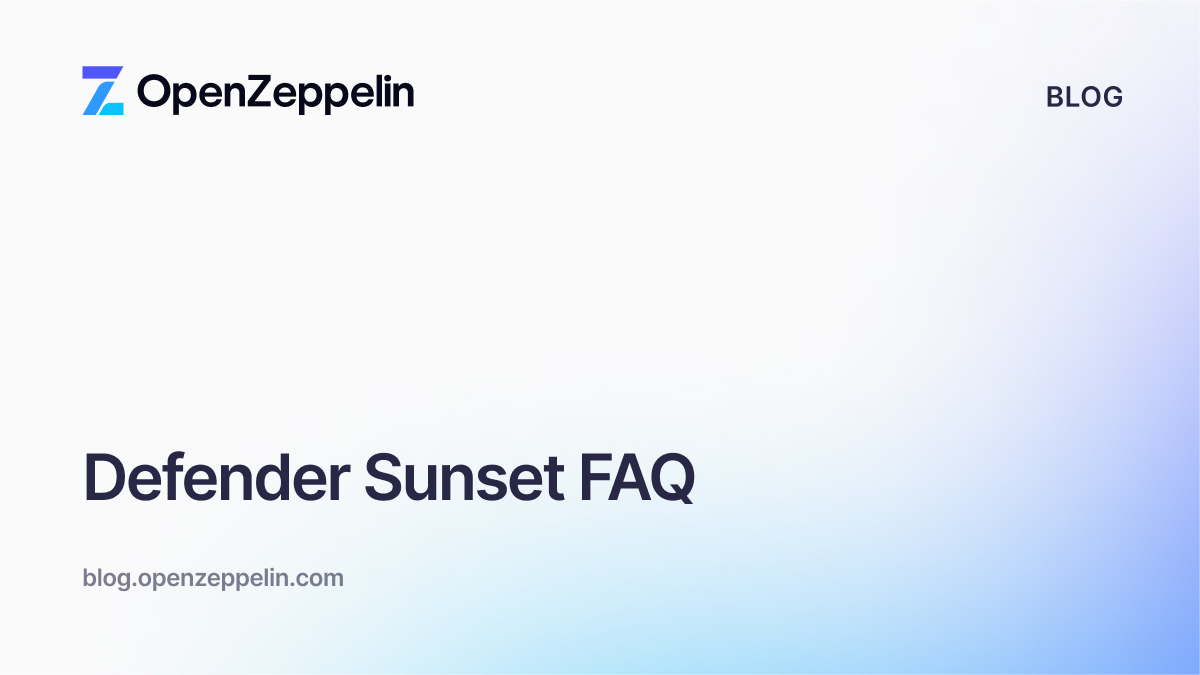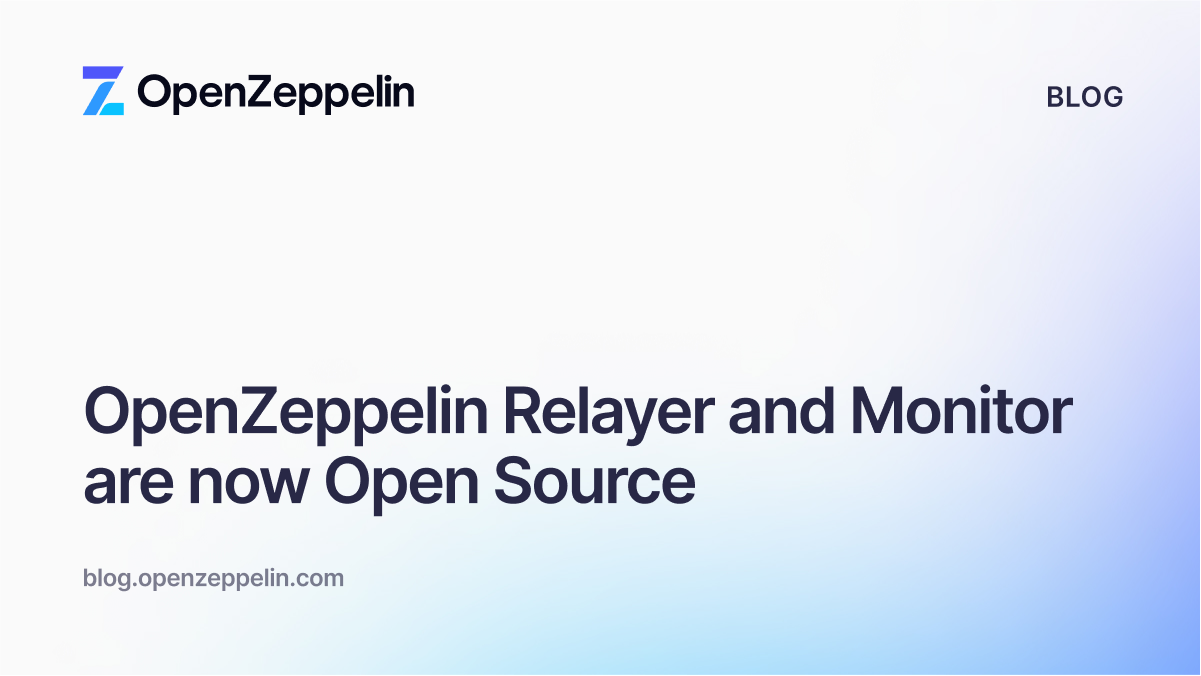TL;DR
Seamless Protocol is the first decentralized, native lending and borrowing protocol on Base. Seamless lays the foundation for Modern DeFi, focusing on lower-collateral borrowing and a better user experience to inspire the masses. With 200,000+ users, Seamless has established itself as a significant player in the Base ecosystem. By implementing Defender Cloud Services, Seamless achieved:
- Reliable automation: Consistent execution of daily transactions and actions, reducing manual intervention.
- Custom monitoring: Real-time alerts for market conditions, oracle health, and protocol performance.
- Operational stability: Maintained optimal lend/borrow ratios across liquidity pools and executed timely rebalance functions.
- Cost-effectiveness: Saved time and resources compared to building an in-house system.
- Ease of Deployment: Easily deployed new Integrated Liquidity Markets (ILMs) with minor configuration changes.
This case study demonstrates how DeFi protocols can utilize Defender to automate complex strategies, improve operational efficiency, and scale their projects on networks like Base.

The Story of Seamless Protocol
Launched in 2023, Seamless introduced the concept of Integrated Liquidity Markets (ILMs) which offer 1 click leveraged DeFi strategies for users. ILMs automate borrows and swaps behind the scenes allowing users to enter a leveraged strategy with ease. Seamless Protocol’s vision is to create transparent, accessible and reliable DeFi experiences to drive more financial opportunities for all.
As such, the key aspects of Seamless Protocol include:
- Automated Strategies: ILMs automate and rebalance borrowing and swaps, making it easy for users to magnify exposure and rewards by simply depositing a base asset.
- Liquidity Markets: Permissionless lending and borrowing markets.
- Community governance: The protocol is governed by SEAM token holders through a decentralized autonomous organization (DAO).
- Secure foundation: Built on forked smart contracts from AAVE and Ampleforth, which have been audited and tested over multiple years.
Seamless Protocol aims to address challenges in DeFi lending and borrowing, particularly the issues of capital inefficiency and inaccessibility.
Why Seamless Protocol Chose Defender Cloud Services
Seamless Protocol selected Defender Cloud Services for monitoring and automation. The decision was primarily driven by key factors including reliable transaction execution and cost-effectiveness.
- Reliable Transaction Execution: Defender's Relayers component offers automated processes for transaction submissions, resubmissions (re-pricing), gas-optimization and nonce management. This functionality is important for Seamless's operations, particularly in maintaining optimal ratios across different liquidity pools and executing timely rebalancing transactions. The reduced risk of transaction failures ensures that Seamless can respond reliably to changing market conditions.
- Cost-Effectiveness: Compared to building an in-house system, Defender proved to be a more convenient choice. The significant time investment required to develop a system capable of handling reliable transaction management made Defender's ready-to-use platform particularly attractive. Additionally, Defender's competitive pricing for transactions compared favorably to other Relayer providers in the market.
- All-in-One Cloud Services: Defender's integrated approach allows Seamless to manage various components - including monitoring, automation, and other necessary tasks - within a single platform, there is no need to search for multiple providers to get all the functionality needed. This consolidation of tools streamlines operations and reduces the need for multiple external services, contributing to overall efficiency and cost savings.
- Flexibility: While offering a comprehensive suite of tools, Defender also provides the flexibility for Seamless to choose which specific components to utilize. This adaptability allows its use of Defender to its evolving needs as the protocol grows and market conditions change.
By leveraging OpenZeppelin Defender, Seamless Protocol has been able to address key automation challenges in its DeFi operations reliably and cost-effectively.
How Seamless Protocol Used OpenZeppelin Defender
Seamless Protocol implemented OpenZeppelin Defender to enhance its operational efficiency and security across several key areas:
- Custom Monitoring Solutions: Leveraging Defender's monitoring capabilities, Seamless implemented robust systems to track asset prices, market conditions, and overall protocol health. Specific monitoring tasks include:
- Checking oracle health to ensure accurate price feeds
- Monitoring the Effective Price Spread (EPS) between withdrawals and deposits
- Tracking collateral ratios to detect potential overexposure
- Monitoring strategy health factors against predefined thresholds
- Automated Actions: Defender's automation features enabled Seamless to implement critical operational tasks, including:
- Executing rebalancing operations when necessary, based on monitored conditions
- Enabling and managing automated strategies to maintain optimal liquidity and risk levels
- Contributor Notifications: Utilizing Defender's notification channels, Seamless set up a comprehensive alert system to keep contributors informed of critical events:
- Oracle outage alerts
- Sequencer outage alerts
- EPS (Effective Price Spread) alerts
- Notifications for executed rebalance operations
- On-Chain Action Execution: Seamless leveraged Defender's Relayers to execute on-chain actions on the Base network, ensuring reliable and efficient transaction processing for critical protocol operations.
Future plans: Governance Automation
- Setting up automation for upkeep tasks
- Implementing time locks for added security
- Queuing and managing governance proposals
- Leveraging Forta Attack Detector Bots
- Integration with PagerDuty
The Results
The integration of OpenZeppelin Defender has resulted in several operational improvements for Seamless Protocol:
- Automation of Processes: Defender has automated the execution of daily transactions and actions, reducing the need for manual intervention in routine operations.
- Monitoring Capabilities: The regular generation of alerts has provided the Seamless community with ongoing visibility into protocol performance and market conditions.
- Operational Stability: The consistent execution of transactions and actions has contributed to the stable operation of the ILM product over the observed period.
- Ease of Deployment: According to the Seamless contributors, Defender's configuration allows for straightforward deployment of new ILMs, requiring only minor adjustments to existing setups.
Check how Seamless leverages Defender Actions and Monitoring here.
OpenZeppelin Defender has been important in enhancing Seamless Protocol's operations on Base. By leveraging Defender's tools, particularly its relayers, Seamless has automated complex strategies, reduced costs, and improved reliability, offering a more efficient DeFi experience.
Ready to optimize your own protocol?
Deploy, Monitor and Automate your Applications
Use Cases for OpenZeppelin Relayers
While Seamless Protocol primarily uses relayers for their automated strategies, OpenZeppelin Relayers offers a wide range of potential applications for various DeFi and blockchain projects. Here are some common use cases:
- Updating On-chain Oracles: Relayers can be used to keep on-chain oracles up-to-date with the latest external data, ensuring protocols have access to accurate, real-time information.
- Facilitating Gasless Transactions: By sending meta-transactions, relayers can enable gasless experiences for users, potentially lowering barriers to entry and improving user experience in DeFi applications.
- Automated Token Distribution: Relayers can be programmed to react to specific events, such as user sign-ups, by automatically airdropping tokens. This can be useful for user acquisition or reward programs.
- Enhancing Protocol Security: Automated sweeping of funds from protocol contracts to secure wallets can be implemented using relayers, adding an extra layer of security to DeFi protocols.
- Custom Bot Creation: The flexibility of relayers allows developers to build bots with custom logic, enabling a wide range of automated actions tailored to specific protocol needs.


